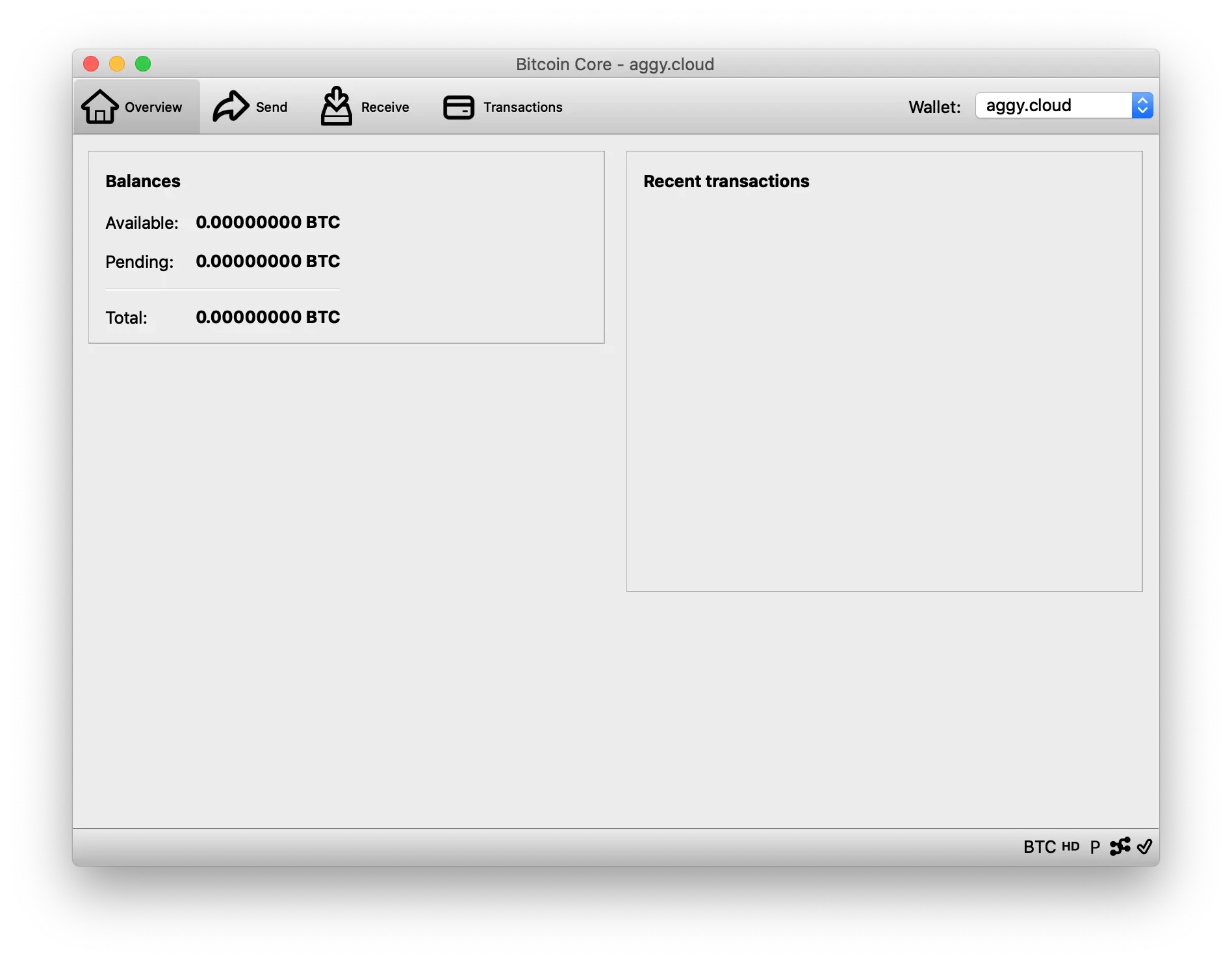Bitcoin Core, a direct descendant of the original Bitcoin software client released by Satoshi Nakamoto after they published the famous Bitcoin whitepaper is open source software that is maintained by an army of volunteer programmers around the world.
Bitcoin Core consists of both full-node software for fully validating the blockchain as well as a bitcoin wallet.
To verify you are participating in the Bitcoin network and not a clone or a fork, it is important that you run a full-node and use it for all transactions. Using a full-node has an added benefit of giving you privacy as the alternative to not running your own full-node is to rely on someone else’s full-node where transaction lookups could be monitored.
At the time of writing there is estimated to be between 10,000 and 45,000 Bitcoin nodes globally distributed around the world.
Bitcoin Core can be downloaded from their website.
Once installed and the blockchain has been synced with other peers on the network, your full-node will look something like the image below.

To verify your setup you can run the following command from your full-node console$bitcoin-cli getblockcount
This command will reveal the Block Height, which is the newest block added to the Bitcoin blockchain.
You can compare this number against a reputable blocknet explorer, such as the Blockstream.info. If its most recent number matches your getblockcount, you know you are up to date.